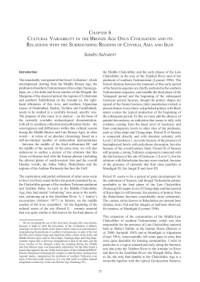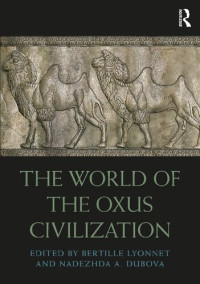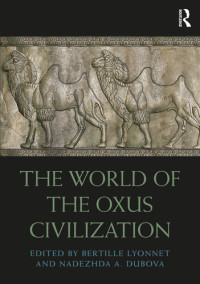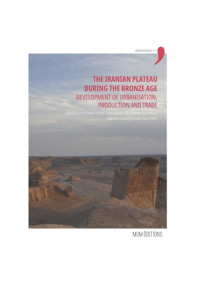
Oxus Trumpets (2200-1800 B.C.): Material Overview, Usage, Societal Role, and Catalog
Lawergren B.
Iranica Antiqua. — 2003. — Vol. XXXVIII. — p. 41-118.When the trumpets flourished, southern Bactria and Margiana were fertile regions irrigated by rivers flowing north from the Hindu Kush. Beyond the foothills the rivers spread into deltaic systems of rivulets and streams. The two principal systems are Margiana and Bactria, here collectively called the Oxus civilisation. It arose shortly after the middle of the third millenium and ceased a millennium later, possibly because of increased aridity.
Systematic excavations in Margiana, Bactria, and adjacent regions were started in the late 1960s by Soviet archaeologists and have been continued by Russian and international teams. They found that, for a relatively brief period (ca. 2200 - 1800 BCE) sites in Margiana and Bactria contained similar objects, the "Bactria and Margiana Archaeological Complex" (BMAC). Hiebert (1994a) has discussed the emergence of objects (figurines, amulets, bone tubes, bone axes) characteristic of the complex. We add trumpets.
Recently, evidence for writing has been discovered, and the Oxus civilization is now increasingly seen as a culture approaching the level of complexity seen in early Egypt, Sumer, and Indus. One manifestation of complexity is the wide range of musical instruments in the two former regions (2500 - 1500 BCE) but, so far, only trumpets and drums are known in the Oxus (2200 - 1800 BCE), while pipes, harps and drums are depicted in the Indus civilizations (2500 - 1900 BCE).
A search in museums, collections, and archives has yielded the 40 Oxus trumpetsls listed in the appendix.
Systematic excavations in Margiana, Bactria, and adjacent regions were started in the late 1960s by Soviet archaeologists and have been continued by Russian and international teams. They found that, for a relatively brief period (ca. 2200 - 1800 BCE) sites in Margiana and Bactria contained similar objects, the "Bactria and Margiana Archaeological Complex" (BMAC). Hiebert (1994a) has discussed the emergence of objects (figurines, amulets, bone tubes, bone axes) characteristic of the complex. We add trumpets.
Recently, evidence for writing has been discovered, and the Oxus civilization is now increasingly seen as a culture approaching the level of complexity seen in early Egypt, Sumer, and Indus. One manifestation of complexity is the wide range of musical instruments in the two former regions (2500 - 1500 BCE) but, so far, only trumpets and drums are known in the Oxus (2200 - 1800 BCE), while pipes, harps and drums are depicted in the Indus civilizations (2500 - 1900 BCE).
A search in museums, collections, and archives has yielded the 40 Oxus trumpetsls listed in the appendix.
 Amazon
Amazon  Barnes & Noble
Barnes & Noble  Bookshop.org
Bookshop.org  Конвертуйте файли
Конвертуйте файли Більше результатів пошуку
Більше результатів пошуку Інші переваги
Інші переваги 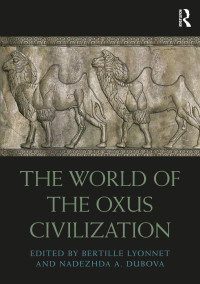
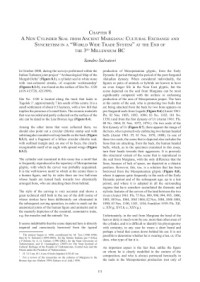

![Salvatori S. — Protohistoric Margiana: On a Recent Contribution (Review of 'IASCCA' [International Association for the Study of the Cultures of Central Asia] Information Bulletin 19, Moscow 1993)](https://s3proxy.cdn-zlib.se/covers200/collections/genesis/5c3129ab3ba052666aae4fdf0bdfdefbc3179da6afbd5bb498a557ab446148b6.jpg)
